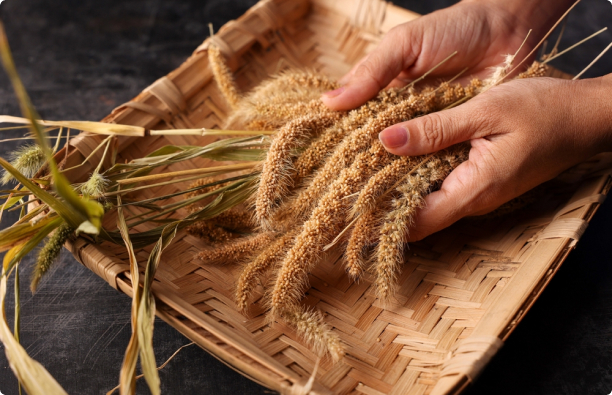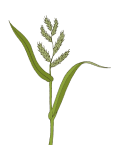
Millets & Their Health Benefits
New research has shed light on the potential use of millets in therapeutic diets. Millets also contain several bioactive phytochemicals including feraxans, lignans, ß-glucan, inulin, resistant starch, sterols and phenolic compounds (e.g., ferulic acid, caffeic acid and quercetin). Studies have supported the role of polyphenols in antioxidant, anti-inflammatory, antiviral and neuroprotective activities, which have shown to be beneficial against cardiovascular disease, diabetes, high blood pressure, high cholesterol, inflammatory diseases, metabolic syndrome. Here is how millets can be therapeutic in certain lifestyle diseases.
Diabetes
India has the second highest prevalence of diabetes only after China with approximately 77 million Indians affected by it. Lifestyle modifications with dietary intervention is key in managing type 2 diabetes. The high fibre content in millets aid in slow release of sugars into the blood stream maintaining a low post prandial glucose level. The B vitamins in millets support better carbohydrate utilization and ultimately millets serve as a low glycaemic food, especially effective for type 2 diabetes.
Cardiovascular Disease
According to the Indian Council of Medical Research and Registrar General of India, India accounts for almost 60% of the world’s heart disease burden. Millets contain significant amounts of magnesium, known to reduce the effects of heart attacks. The antioxidant nature of millets are known to help reduce oxidative stress and the fibre in them helps minimize the accumulation of bad cholesterol (LDL) and increase good cholesterol (HDL). Fibre in millets also aid in delaying the absorption of cholesterol, dietary fat and glucose, thus contributing to heart health.
Hypertension
According to the National Family Health Survey-5, 24% of men and 21% of women over the age of 15 years in India are hypertensive. High blood pressure is a risk factor for heart diseases and stroke. The DASH diet (Dietary Approaches to Stop Hypertension) promotes consumption of high fibre whole foods. Research suggests the benefits of millet consumption in controlling hypertension. Millets are rich in dietary fibre and contain certain antioxidants and micronutrients like magnesium and calcium that are effective in maintaining normal blood pressure. They also ensure a good serum lipid profile.
Celiac disease
Gluten intolerance is seen in those with gastrointestinal disorders like Celiac disease. Gliadin in wheat, horedein in barley, secalin in rye and avenin in oats are from the family of gluten proteins that cause inflammation on the inner lining of the intestine in gluten intolerant people. Being naturally gluten free millets serve as an excellent replacement for cereal grains in those suffering from Celiac disease.










